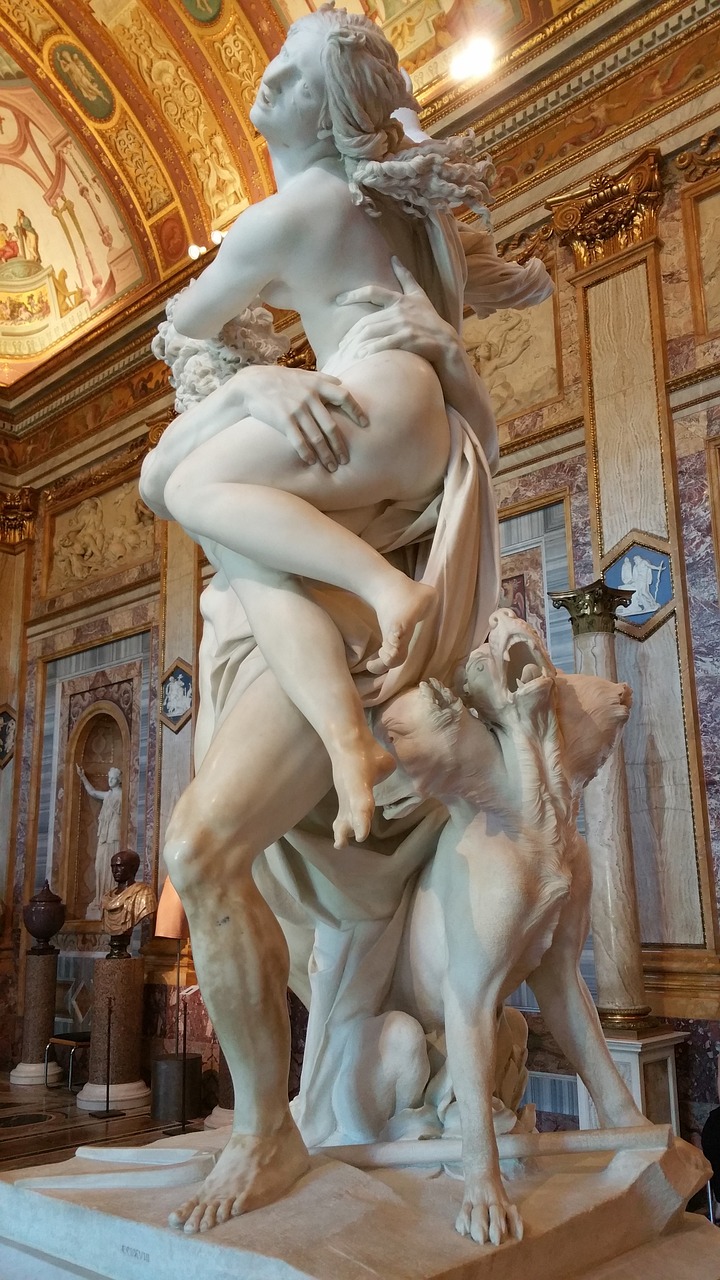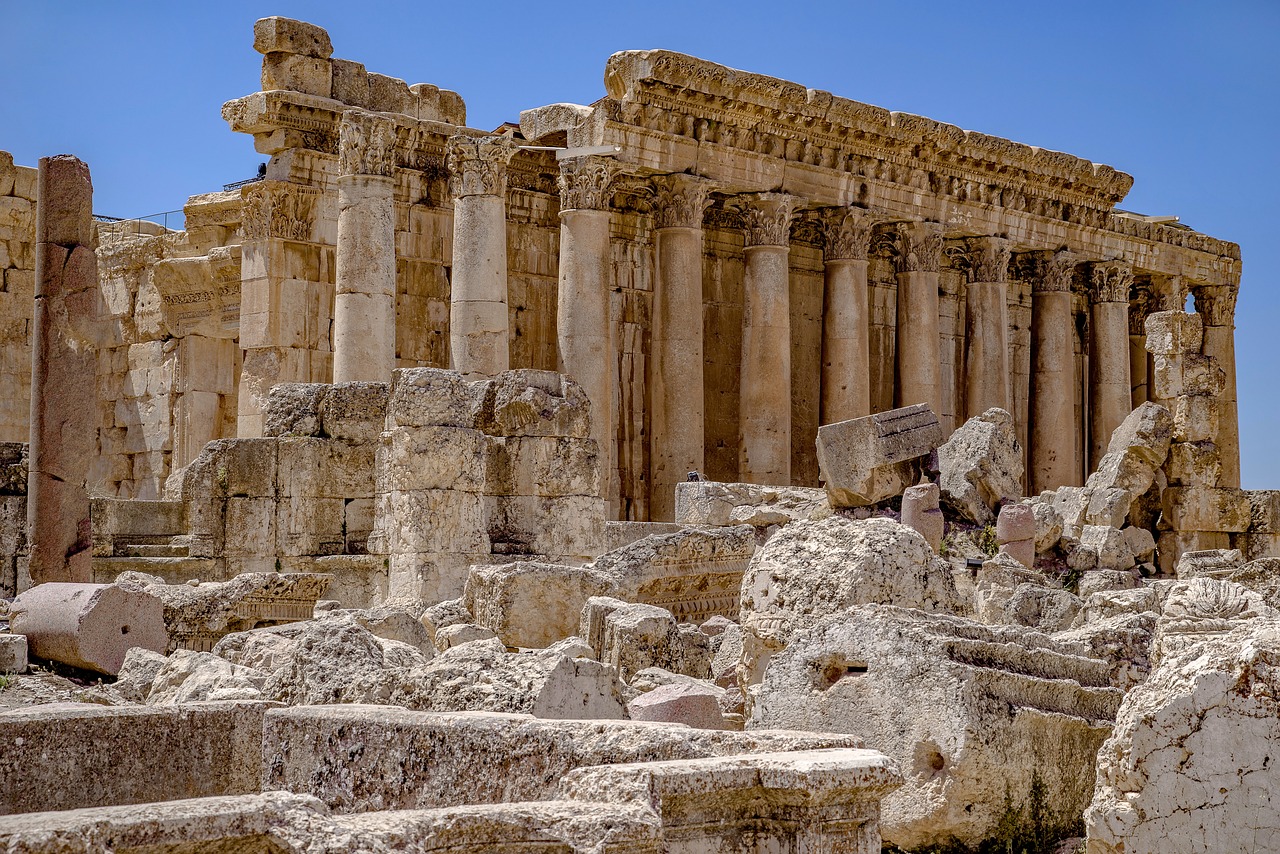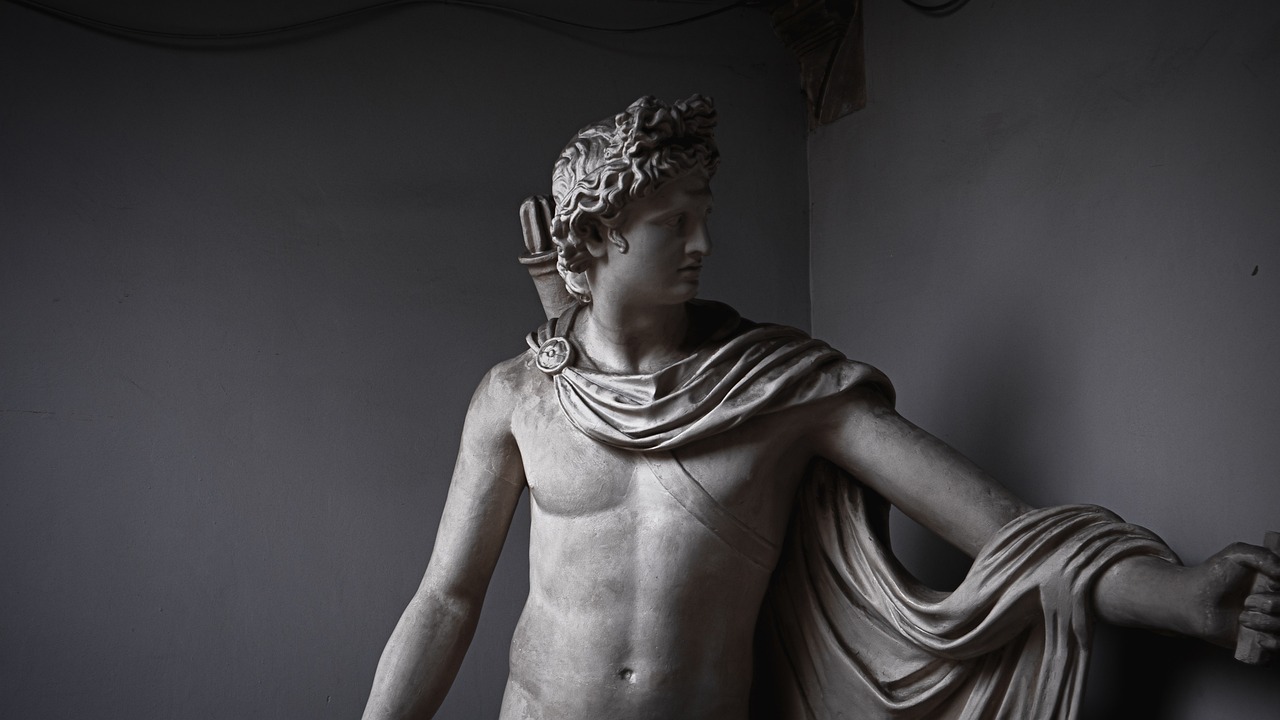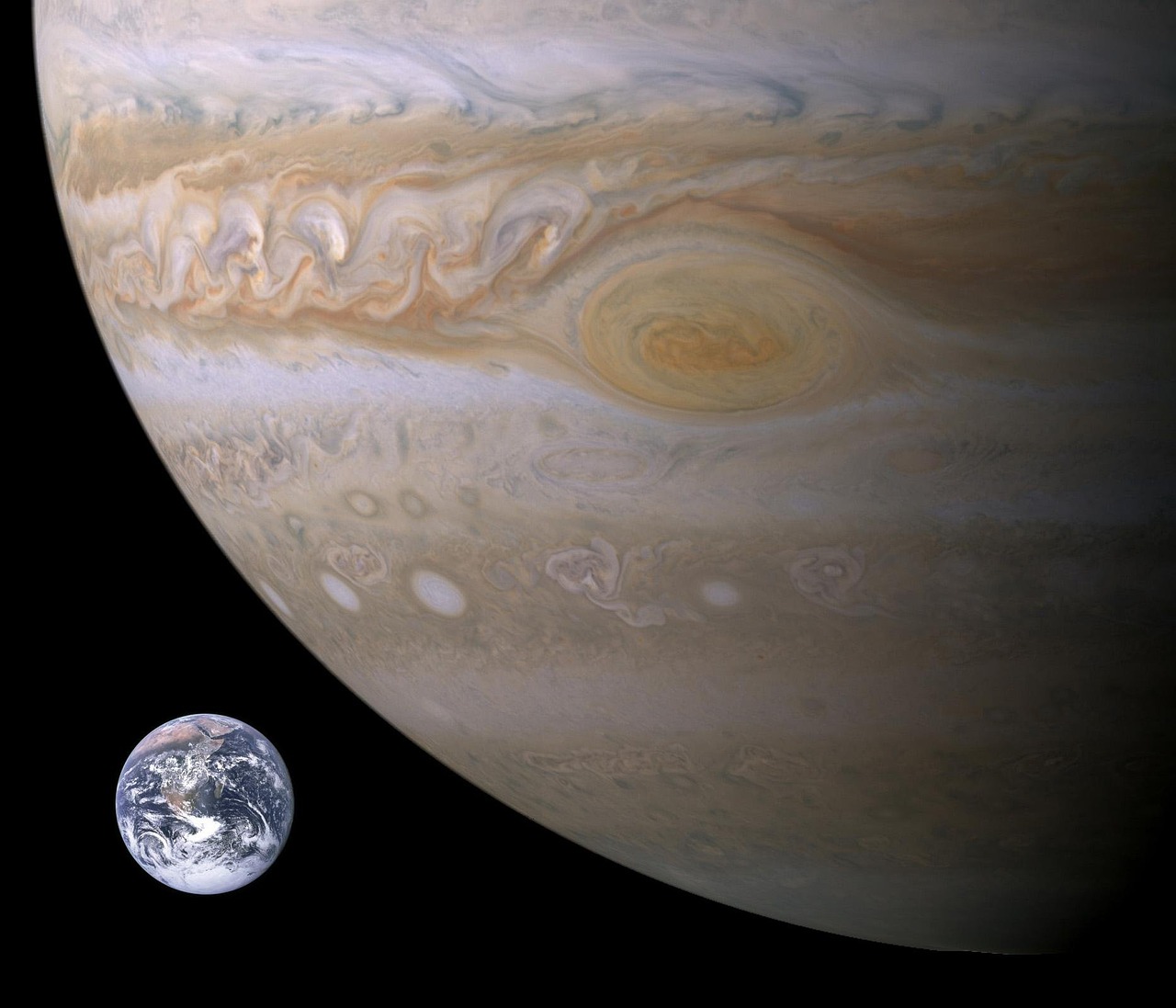Roman Mythology
-

The tale of Proserpina and Pluto, as narrated in Ovid’s “Metamorphoses,” depicts a forced union between the god of the Underworld and Ceres’ daughter, Proserpina. This event was initiated by Cupid, who struck Pluto with a golden arrow to incite instant desire, acting on the wishes of Venus, the goddess of love. Venus asserted that…
-

Overview of Vulcan: The Roman God of Fire and Forge Vulcan, renowned as the Roman deity of fire and the forge, serves as the patron to artisans and smiths. Distinctively known as the most unattractive among the gods, Vulcan also bore a significant injury from his childhood, resulting in a limp in one leg. Although…
-

Quirinus represents a significant yet enigmatic figure in ancient Roman worship, associated closely with the origins and identity of the city. Known from the earliest eras alongside deities such as Jupiter and Mars, Quirinus is intrinsically linked to the Quirinal Hill, a site believed to symbolize the safeguarding of the Roman populace and the foundational…
-

Agriculture has its roots in the deliberate cultivation of beneficial plants and animals within environments shaped by human intervention. While agriculture is often viewed through a narrow lens—highlighting specific activities like rice cultivation in Asia or cattle ranching in the Americas—a broader understanding portrays humans as environmental architects who alter natural landscapes in targeted ways.…
-
Nyx: The Goddess of Night in Greek Mythology Nyx, known as the goddess of the night, is one of the primordial deities who emerged at the outset of creation. She is considered a child of Khaos (Chaos, Air), and her union with Erebos (Darkness) resulted in the birth of Aither (Aether, Light) and Hemera (Day).…
-

Roman religion, also referred to as Roman mythology, encompasses the beliefs and practices of people on the Italian peninsula from ancient times up until the rise of Christianity in the 4th century CE, a period often known as Classical Antiquity. Nature and Significance Cicero, a prominent orator and politician, posited that Romans excelled in a…
-

In the realm of ancient Roman mythology, Pluto is recognized as the deity governing the Underworld, where souls transit after their earthly existence. Known alternatively as Dis Pater or Orcus, he is often compared to his Greek counterpart, Hades, sharing similar domains yet differing in personas and characteristics. As a sibling to deities such as…
-

Experience the breathtaking spectacle of the northern lights from the Arctic Circle, a premier location for witnessing this extraordinary natural phenomenon. Your adventure starts in Rovaniemi, accompanied by a friendly local guide who will lead you in search of the mesmerizing auroras. For those interested, there’s an option to enjoy a delightful Finnish picnic by…
-

Ceres, recognized in Roman mythology as the goddess of agriculture and harvest, wielded the power to bless humanity with bountiful crops, while her displeasure could lead to blight, drought, and famine. Typically depicted as a matronly figure, her symbols include the sickle, sheaves of grain, and the cornucopia. She aligns with Demeter, her Greek counterpart…
-

Among the multitude of deities revered in Roman mythology, Jupiter stands as the paramount god, revered as the offspring of Saturn and symbolizing thunder, lightning, and storms. The earliest inhabitants of what would transform into Rome believed they were safeguarded by ancestral spirits, prompting the addition of a triad of gods: Mars, the war deity;…


